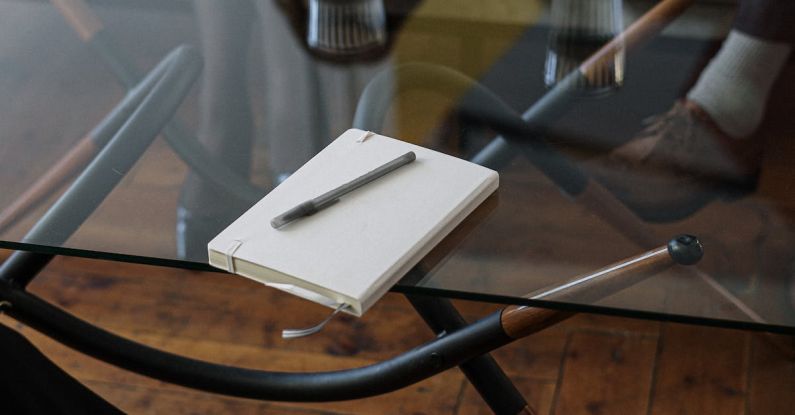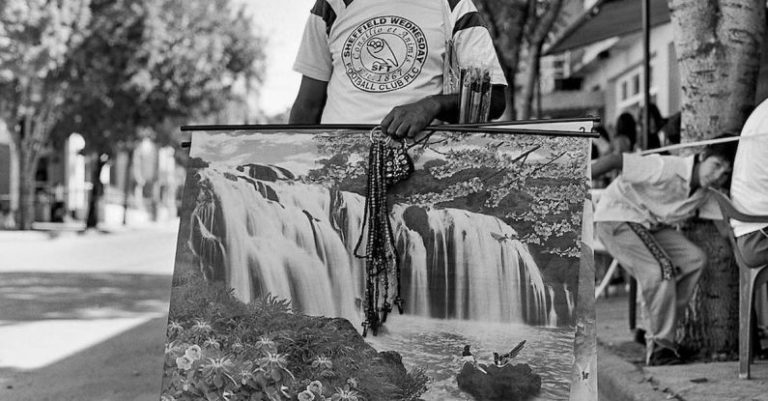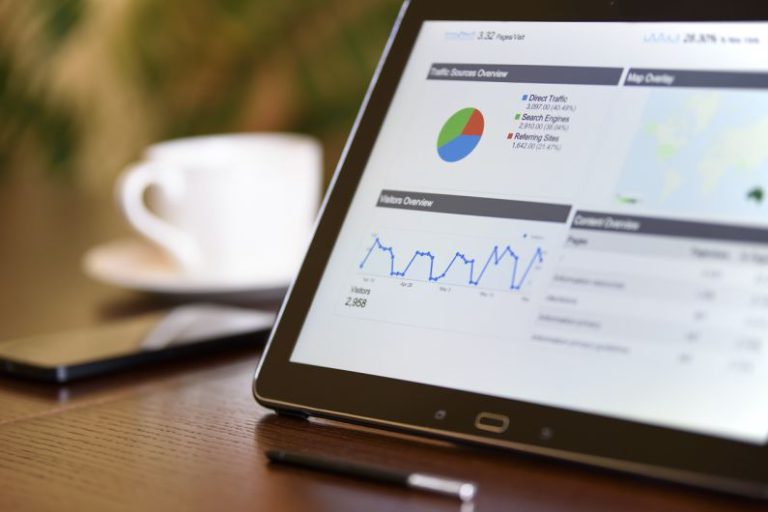What Is the Psychology of Pricing?
Pricing is a crucial aspect of any business. It not only determines the revenue generated but also influences consumer behavior. Have you ever wondered why certain products are priced higher than others? Or why some prices end in odd numbers like $9.99 instead of $10? The answers to these questions lie in the psychology of pricing.
The Power of Perception
Perception plays a significant role in the psychology of pricing. Consumers’ perception of a product’s value is heavily influenced by its price. Research has shown that people often associate higher prices with higher quality. This is known as the price-quality heuristic. When a product is priced higher, it creates an image of exclusivity and superior quality in the minds of consumers.
The Anchoring Effect
The anchoring effect is another psychological principle that affects pricing. It suggests that consumers tend to rely heavily on the first piece of information they receive when making a decision. In the context of pricing, this means that if a consumer sees a higher-priced product before seeing a lower-priced one, they are more likely to perceive the lower-priced product as a good deal. Businesses can take advantage of this by strategically placing higher-priced products next to the ones they want to sell more of.
The Power of Nine
Have you ever wondered why prices often end in odd numbers like $9.99 instead of rounding up to the nearest dollar? This pricing strategy is known as charm pricing. Research has shown that prices ending in 9 or 99 are perceived as being significantly lower than they actually are. This is because consumers tend to focus on the left-most digit of a price, known as the most significant digit. So, even though the difference between $9.99 and $10 is just one cent, consumers perceive the former as being much cheaper.
The Decoy Effect
The decoy effect is a pricing strategy that involves introducing a third option to influence consumers’ decision-making. This third option, known as the decoy, is strategically designed to make one of the other options seem more appealing. For example, imagine you’re at a movie theater and you’re deciding between a small popcorn for $4 and a large popcorn for $8. Now, imagine the theater introduces a medium-sized popcorn for $6. Suddenly, the large popcorn seems like a better deal because it’s only $2 more than the medium, whereas the small popcorn is still $4.
The Power of Free
The word “free” is one of the most powerful words in marketing. Offering a free product or service can significantly influence consumer behavior. Research has shown that consumers are more likely to choose a free product, even if the value of the free product is relatively low compared to a paid alternative. This is because the word “free” triggers a psychological desire to obtain something without incurring any cost.
Conclusion: Harnessing the Power of Pricing
Understanding the psychology of pricing can give businesses a competitive edge. By strategically pricing products, businesses can influence consumer perceptions, create a sense of value, and ultimately increase sales. From leveraging the anchoring effect to using charm pricing and the decoy effect, there are various pricing strategies that can be employed to maximize profitability. So, the next time you’re setting a price for your product or service, consider the psychology behind it and watch how it impacts consumer behavior.






